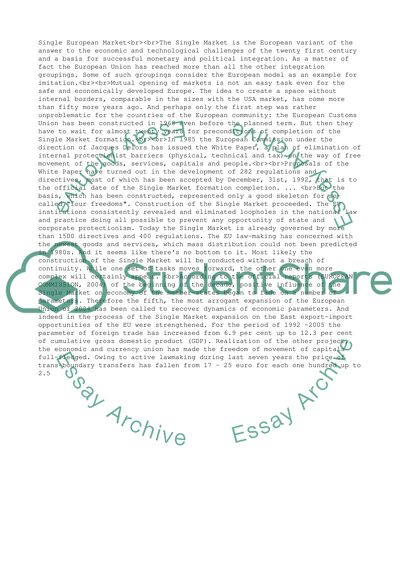Cite this document
(“Single European Market Essay Example | Topics and Well Written Essays - 1750 words”, n.d.)
Single European Market Essay Example | Topics and Well Written Essays - 1750 words. Retrieved from https://studentshare.org/business/1522151-single-european-market
Single European Market Essay Example | Topics and Well Written Essays - 1750 words. Retrieved from https://studentshare.org/business/1522151-single-european-market
(Single European Market Essay Example | Topics and Well Written Essays - 1750 Words)
Single European Market Essay Example | Topics and Well Written Essays - 1750 Words. https://studentshare.org/business/1522151-single-european-market.
Single European Market Essay Example | Topics and Well Written Essays - 1750 Words. https://studentshare.org/business/1522151-single-european-market.
“Single European Market Essay Example | Topics and Well Written Essays - 1750 Words”, n.d. https://studentshare.org/business/1522151-single-european-market.


